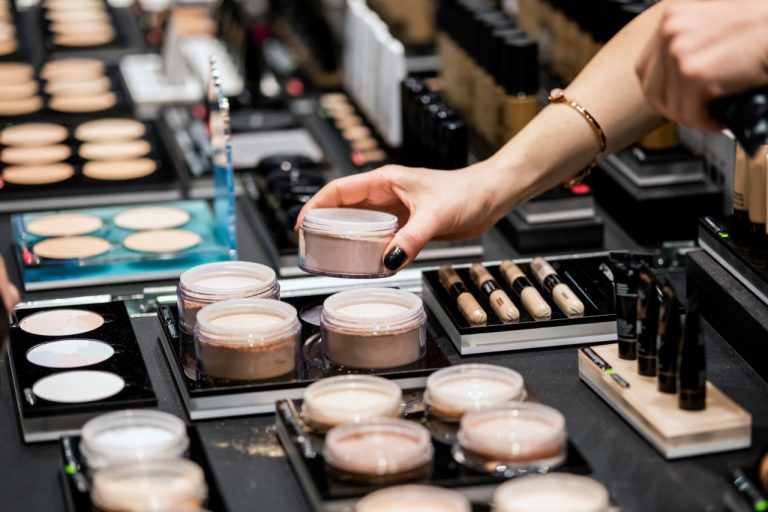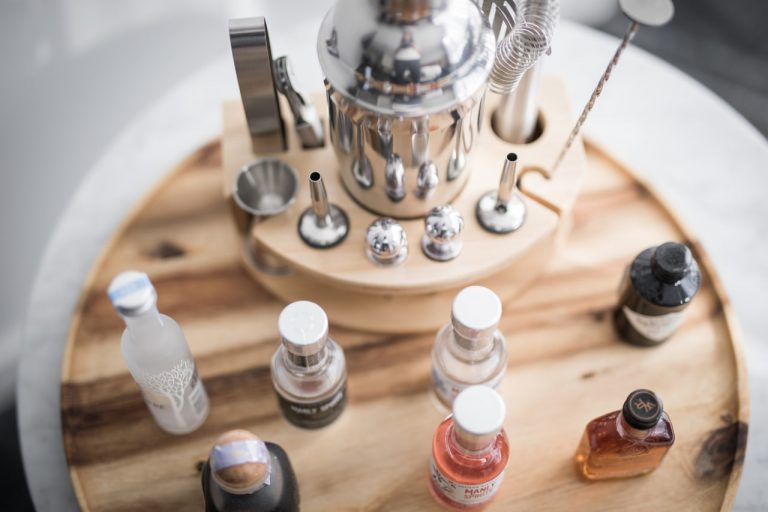Book Appointment Now

Why Preservatives Are Essential in Natural Skincare
One of the most common misconceptions in the world of natural skincare is the belief that “no preservatives” equals “more natural” or “safer.” It’s a comforting idea — a clean, plant-based product, free from chemicals, made at home or by a small brand. But behind this ideal lies a serious risk that too many beginners (and even brands) overlook: microbial contamination.
Preservatives are not the enemy. In fact, they’re one of the most essential components of any water-based skincare formulation. Without proper preservation, even the most luxurious cream can become a breeding ground for bacteria, mold, and yeast — many of which are invisible and harmful to the skin.
Let’s take a deeper look at why preservatives matter, when you need them, what your options are, and how to use them responsibly in clean, conscious skincare.
What Are Preservatives, and What Do They Do?
Preservatives are ingredients added to cosmetic products to prevent the growth of microorganisms. They protect the product from contamination during use, prolong shelf life, and most importantly — keep the user safe from infection or irritation caused by microbial overgrowth.
Microorganisms can enter your products through:
- Air exposure
- Water used in the formula
- Your hands during application
- Packaging or utensils
Even a small amount of water creates the perfect environment for bacteria and fungi to thrive. And unfortunately, many of these pathogens are invisible to the eye and odorless — meaning you may not even realize your product is compromised.
When Are Preservatives Necessary?
Preservatives are required in any cosmetic product that contains water or water-based ingredients, such as:
- Aloe vera gel
- Floral hydrosols
- Herbal infusions
- Glycerin (when not used alone)
- Water itself
Products like lotions, creams, gels, toners, and cleansers all fall into this category. Without proper preservation, these formulations will become unsafe within days — sometimes hours — even if they look and smell fine.
It’s important to understand that refrigeration is not a substitute for preservation. It may slightly delay microbial growth, but it doesn’t eliminate the need for antimicrobial protection. Freezing, boiling, or adding essential oils also won’t preserve your product.
Are Natural Preservatives Effective?
Yes — but not all natural preservatives are created equal. Some ingredients marketed as “preservatives” (like vitamin E, grapefruit seed extract, or essential oils) are not broad-spectrum preservatives and do not protect against microbial contamination.
A true preservative must be:
- Broad-spectrum (active against bacteria, yeast, and mold)
- Compatible with your formulation’s pH
- Effective in small amounts
- Approved for cosmetic use under international regulations
Some examples of effective and accepted preservatives suitable for natural or organic formulations include:
- Geogard® ECT (Benzyl Alcohol, Salicylic Acid, Glycerin, Sorbic Acid)
- Leucidal® SF Complete (ferment-based, broad-spectrum)
- Cosgard (Benzyl Alcohol and Dehydroacetic Acid)
- Preservative Eco (Benzyl Alcohol, Salicylic Acid, Glycerin, Sorbic Acid)
These are often accepted by ECOCERT, COSMOS, and other clean beauty standards — making them ideal choices for formulating naturally but responsibly.
Understanding Preservation in Clean Beauty
The goal of clean beauty is not to remove all synthetic ingredients — it’s to use ingredients responsibly, transparently, and safely. A product that is unpreserved but full of bacteria is not clean — it’s dangerous.
Preservation isn’t just about shelf life. It’s about:
- Preventing skin infections and allergic reactions
- Protecting your brand’s reputation
- Meeting legal and safety standards for product sale
- Ensuring the integrity of your formulation over time
In the EU and many other regions, preservative use in cosmetics is required by law for any product containing water. Skipping preservation not only puts users at risk but may also make your products illegal to sell.
What About Anhydrous Products?
Anhydrous (water-free) formulations like body oils, balms, and whipped butters generally do not need preservatives, since they don’t support microbial growth in the same way. However, they can go rancid due to oxidation. In this case, antioxidants like vitamin E (tocopherol) or rosemary extract are used to prolong freshness — but remember, antioxidants are not preservatives.
Additionally, if there’s any chance water could be introduced into the product during use (e.g., dipping wet fingers into a balm), you may want to consider preservative systems or rethink your packaging to reduce contamination risk.
Preservation Best Practices for Beginners
If you’re new to formulating and want to do it safely:
- Use accurate digital scales — preservation is about precise percentages
- Learn to test and adjust pH — many preservatives only work within certain pH ranges
- Choose proven, broad-spectrum preservatives with documentation
- Keep your working area, tools, and containers sterile and clean
- Avoid DIY myths — trust science and proven formulation methods
- Record every batch and ingredient — traceability matters
Preserving your product is an act of care — for yourself, your customers, and your craft.



